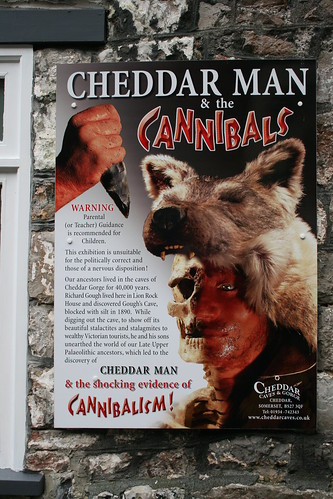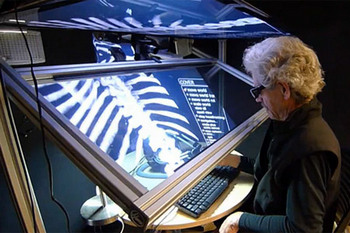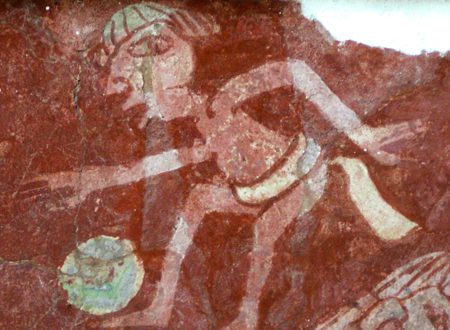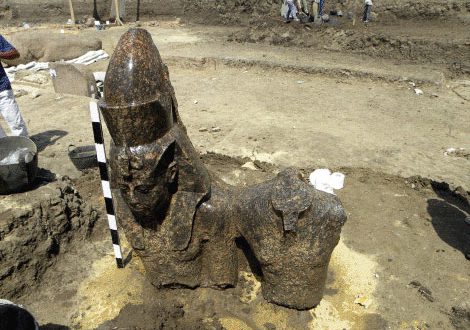 A single human bone found in a cave in Devon may prove that early Britons were cannibals. The arm bone carries seven cut marks made deliberately with a stone tool which are consistent with the act of dismemberment. Scientists believe the bone is evidence that Britons from the Mesolithic period – some 9,000 years ago, between the end of the last Ice Age and the start of farming – engaged in complex burial rituals and possibly cannibalism. They think that because the markings are in the same place, they would have been used to remove muscle from the bone while still “fresh”.
A single human bone found in a cave in Devon may prove that early Britons were cannibals. The arm bone carries seven cut marks made deliberately with a stone tool which are consistent with the act of dismemberment. Scientists believe the bone is evidence that Britons from the Mesolithic period – some 9,000 years ago, between the end of the last Ice Age and the start of farming – engaged in complex burial rituals and possibly cannibalism. They think that because the markings are in the same place, they would have been used to remove muscle from the bone while still “fresh”.
Dr Rick Schulting said in an interview with the BBC: “There are intentional cut marks on there, and it seems the bone has been intentionally split. These two together can raise the possibility of cannibalism. The location of the fracture…is where the cut would be made if dismemberment had taken place.”
The bone (photo at The Guardian) is also fractured and according to scientists this probably happened when it was still fresh, which might provide some support for the cannibalism theory but Dr Schulting urges caution.
Dr Schulting says the marks could be evidence of a complex burial ritual: “We can clearly see a series of fine parallel lines on the bone. These cuts may have been made to help the body decompose more quickly and speed up the process of joining the ancestors. Finds like this highlight the complexity of mortuary practices in the Mesolithic period, many thousands of years before the appearance of farming in the neolithic period, which is more usually associated with complex funerary behaviour.” Or, he says, “the other possibility is that this is done for quite another reason, the consumption of the individual as part of cannibalism.”
The ‘Devon bone’ was ‘discovered’ in the Torquay museum by the curator Barry Chandler where it will be on display on display in the Ancestors exhibition until the 6th of September.
Cheddar Man & the Cannibals
 In Somerset, archaeologists believe they may have also found evidence of cannibalism in Cheddar Gorge.
In Somerset, archaeologists believe they may have also found evidence of cannibalism in Cheddar Gorge.
Evidence of an unsavoury cannibal past was found during the 1980s when 12,500 year-old human bones were unearthed at Gough’s Cave, Somerset.
Primitive knives had been used to break open skulls to allow eyeballs and brains to be removed and eaten, while bones had been smashed to remove the marrow. Animal remains butchered in the same way were found nearby, making the Somerset cave Britain’s first authenticated cannibal site.
Also discovered at Cheddar Gorge is the ‘Cheddar Man’, Britain’s oldest skeleton. It appears he died a violent death possibly relating to cannibalism. You can go visit him at the London’s Natural History Museum (which mentions that the hole in the forehead of the Cheddar Man’s 10,000 year-old skull may have been caused by infection and also possibly be the cause of death) or see a replica of his skeleton and skull at Cheddar Gorge.



